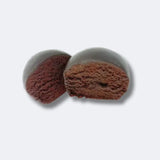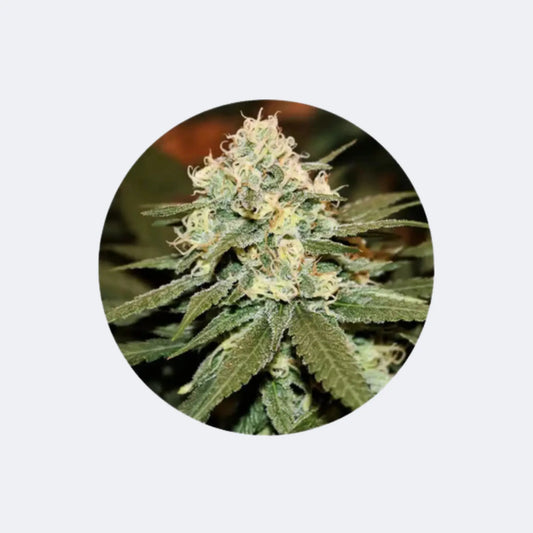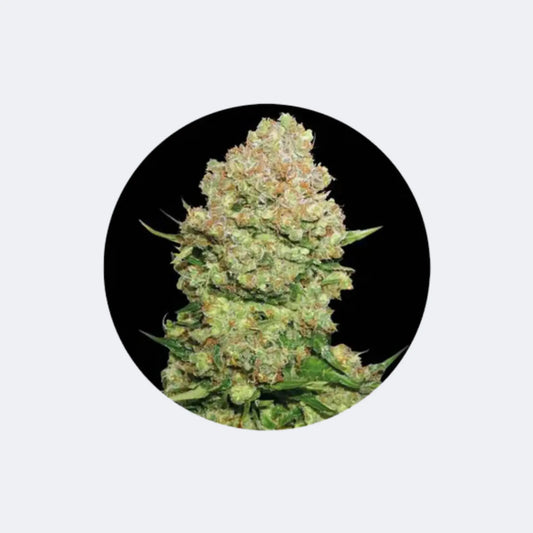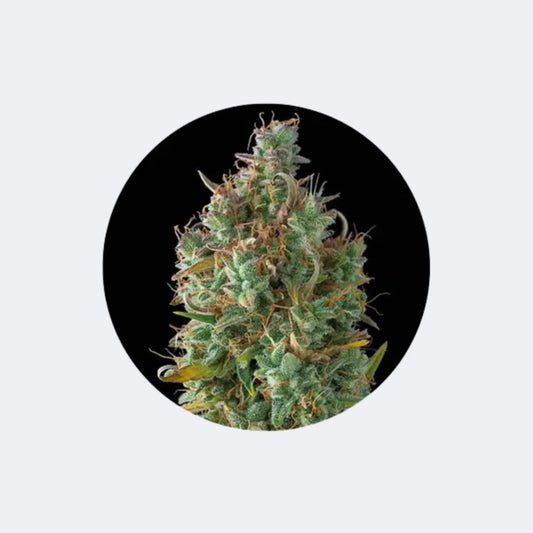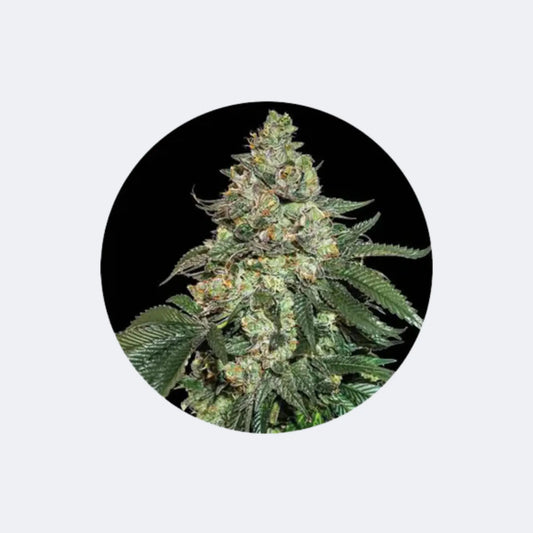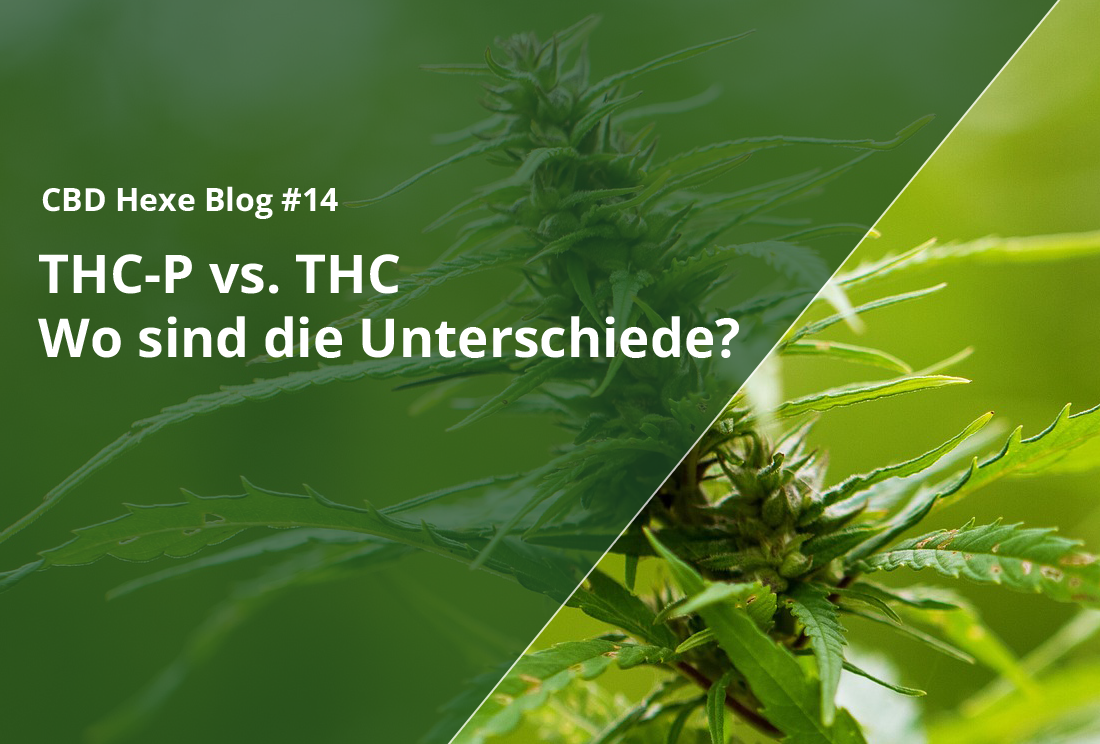
THC-P vs. THC - What are the differences?
Maximilian BruderShare blog post
THC-P vs. THC: Everything you need to know about the differences and effects
Description:
Join us as we explore the fascinating differences between THC and THC-P, their respective effects, and how they affect the psyche. A comprehensive guide for anyone interested in learning more about these cannabinoids.
outline
Introduction
- Introduction to the world of cannabinoids
- The relevance of THC and THC-P today
- Why it is important to know the differences
What is THC-P?
- Origin and discovery of THC-P
- Chemical structure and special features
- Common uses and products with THC-P
How does THC-P compare to THC?
- Absorption and processing in the body
- Intensity and duration of the effect
- Possible side effects and risks
What is the difference between THC and THC-P?
- Chemical and molecular differences
- Mode of action and receptor binding
- Legal aspects and availability
How does THC-P affect the psyche?
- Effects on mood and perception
- Potential therapeutic applications
- Risks and precautions when using
Conclusion
- Summary of key findings
- Perspectives for the future of THC and THC-P
- Advice for consumers and interested parties.
Introduction
You've probably heard of THC, the most well-known psychoactive component of cannabis. But are you familiar with THC-P? In the ever-expanding world of cannabinoids, new discoveries and advancements are constantly being made. In this introduction, we'll take you on a journey into the fascinating world of cannabinoids, show you why THC and THC-P are so relevant today, and why it's so important to know the differences between them. Ready to learn more? Let's dive in!
What is THC-P?
Origin and discovery of THC-P
THC-P, scientifically known as tetrahydrocannabiphorol, is one of the newest members of the cannabinoid family to garner attention recently. Recently discovered, it is a close relative of the well-known THC. While THC has been intensively studied in many parts of the world for decades, research into THC-P is still in its infancy. However, the discovery of this cannabinoid raises many exciting questions and opens up potential new applications.
Chemical structure and special features
At the molecular level, THC-P has some similarities with THC, but also shows striking differences:
- Both cannabinoids have a similar basic structure.
- THC-P has an extended side chain that distinguishes it from THC.
- This may be why some reports describe THC-P as potentially more potent, although comprehensive studies are still lacking to confirm this.
These differences could mean that THC-P has a slightly different mode of action or binding affinity to the cannabinoid receptors in the body, making it a particularly interesting subject for study.
Common uses and products with THC-P
Because THC-P is still relatively new to the research landscape, commercial products containing this specific cannabinoid are not yet as widely available as those containing THC or CBD. Nevertheless, there are some exciting developments:
- Vapes: Similar to THC products
Some manufacturers are beginning to produce vapes with THC-P, often promising a more intense and possibly different experience.
- Oils and tinctures: Some companies already offer THC-P-rich oils and tinctures that can be used for medicinal or recreational purposes.
- Edibles: There are also the first foods and snacks enriched with THC-P. According to some user reports, these are said to provide a different kind of "high" than conventional THC products.
However, it's important to emphasize that the exact effects and safety profiles of THC-P products have not yet been comprehensively studied. If you're interested in trying such products, we recommend doing your research and proceeding with caution. It's always advisable to listen to your body and possibly consult with experts or doctors before trying new substances.
How does THC-P compare to THC?
Absorption and processing in the body
Like its more well-known relative THC, THC-P is absorbed primarily through the lungs (when smoked or vaped) or the digestive tract (in edibles). Once in the body, it binds, similarly to THC, to cannabinoid receptors, particularly the CB1 receptor in the brain. This is the primary mechanism by which cannabinoids exert their psychoactive effects. However, there is evidence that THC-P may have a higher affinity for the CB1 receptor due to its altered chemical structure, which can lead to stronger or different effects.
Intensity and duration of the effect
Although comprehensive scientific studies are still pending, some users report that the effects of THC-P are more intense than those of THC. This could be explained by the aforementioned higher binding affinity of THC-P to CB1 receptors. Regarding duration:
- THC: The effects usually occur within minutes of smoking or vaping and can last for several hours.
- THC-P: There are reports describing a longer-lasting effect, but concrete data is still lacking.
It is important to emphasize that individual experience can vary greatly depending on factors such as dosage, method of consumption, and individual tolerance.
Possible side effects and risks
As with any psychoactive substance, THC-P has potential side effects. The most commonly reported include:
- A feeling of euphoria or elation
- Altered perception of time and space
- dry mouth
- Red eyes
There are also reports of stronger psychoactive effects compared to THC, including paranoia or increased anxiety. Because THC-P is still new, it's important to exercise extra caution when experimenting with this cannabinoid. As with all cannabinoids, start with a low dose and increase slowly to determine individual tolerance.
What is the difference between THC and THC-P?
Chemical and molecular differences
THC, or tetrahydrocannabinol, is the best-known cannabinoid and primarily responsible for the psychoactive effects of cannabis. THC-P, also known as tetrahydrocannabiphorol, is a relatively new discovery. Both cannabinoids are similar in their basic chemical structure, but there are key differences. THC-P has an extended side chain that distinguishes it from THC. This difference in chemical structure may also be the basis for their different effects and binding properties.
Mode of action and receptor binding
As mentioned above, both THC and THC-P bind to the CB1 receptor in the brain. This receptor is the primary driver of the psychoactive effects of both cannabinoids. However, there is evidence that THC-P has a stronger affinity for this receptor due to its altered chemical structure. This could mean that THC-P could potentially have stronger or different effects compared to THC, although further research is needed to confirm this hypothesis.
Legal aspects and availability
The legal status of THC and THC-P varies considerably around the world. Some of the key differences include:
- THC: Illegal in many countries, but legalized for medical or recreational use in some areas.
- THC-P: The legal situation is often unclear because it is a recent discovery and is not always explicitly mentioned in the legal texts.
- Medical use: While THC is approved for medical purposes in some countries, the necessary clinical trials for THC-P are still lacking.
It's always advisable to check local laws before experimenting with any of these cannabinoids. It's also important to emphasize that the legal situation can change rapidly, as both scientific research and societal attitudes toward cannabis and its derivatives continue to evolve.
How does THC-P affect the psyche?
Effects on mood and perception
Like THC, THC-P appears to affect individual mood and perception. Initial reports from users suggest that THC-P can lead to intense feelings of euphoria, relaxation, and an altered perception of time. There is also evidence that THC-P intensifies sensory perceptions, making colors appear more vivid or sounds more intense. As always with cannabinoids, the effects vary from person to person and can vary depending on dosage, tolerance, and other factors.
Potential therapeutic applications
Although THC-P is still new to cannabis research, there is speculation about its potential therapeutic benefits. Some of these include:
- Pain relief: Like other cannabinoids, THC-P may play a role in pain management.
- Anxiety relief: It may help treat anxiety, although this needs further research.
- Antipsychotic effects: Some preliminary studies suggest that THC-P may have antipsychotic effects, which could make it an interesting candidate for the treatment of certain mental illnesses.
However, it is important to emphasize that research in this area is still in its infancy and many of these potential benefits have yet to be confirmed by clinical trials.
Risks and precautions when using
As with any psychoactive substance, THC-P carries potential risks. There have been reports of adverse side effects such as paranoia, anxiety, and an overly strong psychoactive effect. Therefore, it's advisable to be cautious and start with a low dose if you want to experiment with THC-P. Here are some precautions to keep in mind:
- Start with a low dose: This minimizes the risk of unwanted side effects.
- Avoid mixing with other substances: Combining THC-P with alcohol or other drugs can have unpredictable effects.
- Listen to your body: If you feel uncomfortable or anxious, it is best to stop using it and rest.
It is also advisable to consult a doctor or pharmacist before using THC-P, especially if you are already taking medication or have existing health problems.
Conclusion
Summary of key findings
THC-P is a cannabinoid structurally similar to the more well-known THC, but with some important differences in its chemical structure. These differences could lead to an altered and potentially stronger binding to the CB1 receptor, which in turn could explain the intense psychoactive effects reported by some users. While both cannabinoids can affect mood and perception, there is evidence that THC-P may have a more intense effect.
Perspectives for the future of THC and THC-P
Research on THC-P is still in its early stages, and there is much we still don't know. However, the findings so far are promising and could lead to new therapeutic applications for this cannabinoid. At the same time, increasing acceptance and legalization of cannabis and its derivatives could make THC-P more widely available in the future. Science is likely to provide many new insights into THC-P and its effects in the coming years.
Advice for consumers and interested parties
If you're considering trying THC-P, proceed with caution and do your research. It's always a good idea to start with a low dose and closely monitor your body and its reactions. If you're taking medication or have any health conditions, be sure to consult a doctor or pharmacist before experimenting with THC-P or other cannabinoids. It's also advisable to research the legal situation in your country or region to ensure you're not breaking any laws.

